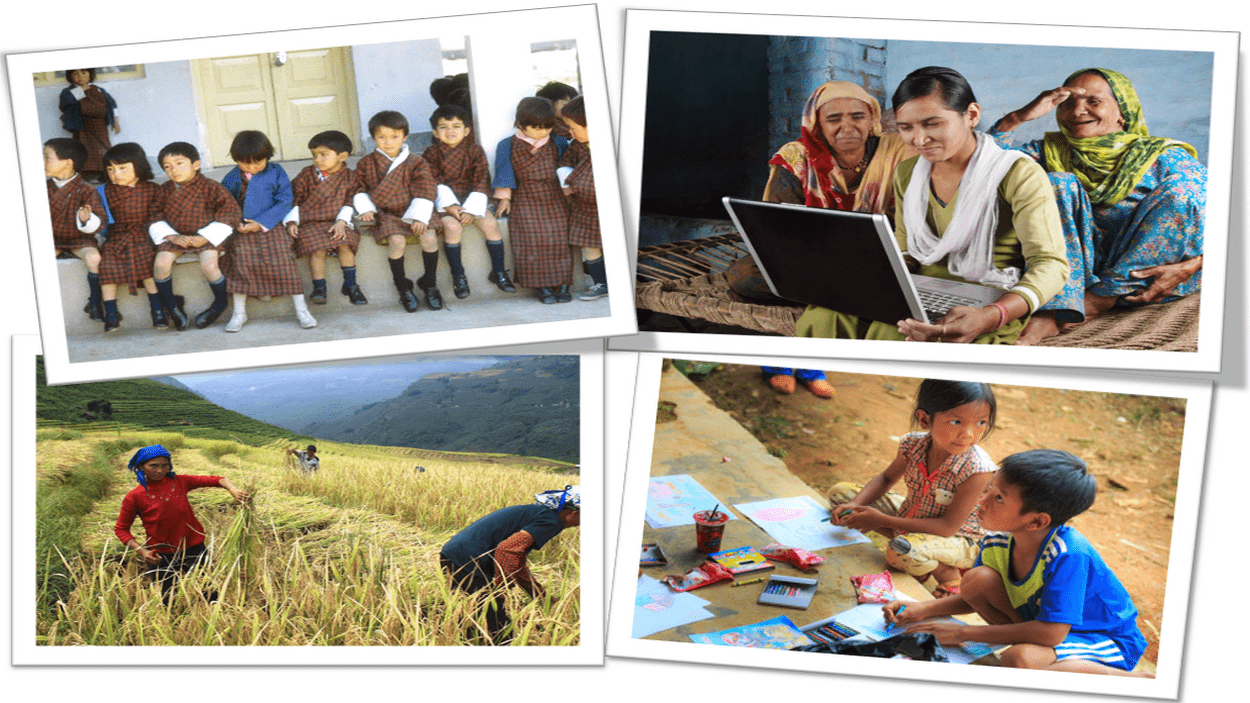
Sustainability, inclusive development, diversity, resilience, to name a few, are terms and phrases often bandied about in the universe of discourse on international development. One that we hear a lot is “gender mainstreaming”. While gender mainstreaming is often elucidated as a prerequisite to avoid the failure of plans, programmes, and policies, the phrase often feels like no more than an empty buzzword!
According to the Beijing Platform for Action (1995), mainstreaming a gender perspective into all policies and programmes is needed to analyze the effects on women and men, before decisions are made. While the Sustainable Development Goals (SDGs) have the stand-alone Goal 5 to promote gender equality, gender has been integrated across several other goals to ensure effective outcomes for women, men, girls and boys in various aspects of development.
The incorporation of a gender perspective in all programmes includes official statistics. Data collected, disseminated, analyzed and presented need to reflect differing needs, priorities, opportunities available to, and contributions of everyone, including the differentiated impact of any planned interventions. Beijing+25 (2020) called for systematic gender mainstreaming and progress assessment with data and robust accountability systems. The call for advancing gender mainstreaming efforts was reiterated by the 51st session of the United Nations Statistical Commission, and by the 7th session of the Committee on Statistics in Asia and the Pacific.
From buzzwords and mandates to practical approaches
In 2021, UN Women reported that no world region had data available for even 50 per cent of the SDG gender indicators. While national statistical systems are being called upon to step up the coverage, quality, and timeliness of data for monitoring gender equality and women’s empowerment outcomes, and gender mainstreaming is increasingly being recognized as a strategy to promote gender equality; there is still limited understanding of the practical implications of the strategy and how it can be operationalized at the institutional level and in various statistical domains as part of day-to-day business.
Gender indicators and statistics play a key role in measuring gender gaps and shedding light on policy issues relevant to the lives of everyone. Gender statistics are not just statistics about women and girls. While disaggregation of data by sex forms an essential component of gender statistics, it is not sufficient. Sex-disaggregation provides quantifiable differences between women/men and girls/boys in relation to various development outcomes. However, gender statistics must also capture women’s issues (e.g. maternal issues), men’s issues (e.g. specific health issues or risky behaviors) and also issues that are not explicitly gender-related but have underlying gender implications (e.g. use of unclean fuels given women’s disproportionate roles in household cooking).
Gender biases need to be addressed in various stages of data production, beginning with the formulation and application of statistical concepts, definitions and classifications as well as in survey and questionnaire design (e.g. ensuring inclusion of relevant population subgroups in representative numbers to allow for analysis at their level; not relying on proxy respondents/household heads to elicit individual-level information). Gender biases must also be addressed in selection and training of enumerators (e.g. engaging female enumerators for specific topics such as gender-based violence). The selection of topics/variables for data collection must capture the diversity of various population subgroups and their specific issues/challenges. Data collection on special topics, such as on time-use patterns, unpaid work and gender-based violence, not regularly covered in standard household surveys, is also needed.
Existing data should be used to conduct more focused analysis covering gender policy issues (e.g. exploring labour force survey data to shed light on issues related to type of activities women/men perform in the labour market, sectoral and occupational segregation, and implications for gender gaps in wages and social protection).
At the institutional level, this calls for multidisciplinary and multidomain collaboration as gender issues cut across the social, economic and environment domains of statistics. Besides experts in gender data and statistics, these groups need to involve experts on specific thematic areas.
Some examples of ESCAP’s efforts
ESCAP and UN Women, in consultation with UNEP and the International Union for Conservation of Nature (IUCN) initiated work on mainstreaming gender in environment statistics. Through a series of regional consultations (2019-20), a set of indicators capturing the nexus between gender and the environment in Asia-Pacific was proposed, drawing mainly on existing global and regional indicator frameworks. The proposed set of indicators is currently being reviewed and updated and is envisaged as a guidance tool for countries interested in measuring the nexus in their national contexts.
In 2021, ESCAP initiated a project to provide technical support to implement inequality assessments of civil registration and vital statistics systems, which will enable analysis of differences in civil registration by sex and any gender-related barriers to registration for different population subgroups.
ESCAP, UN Women and SIAP recently launched a set of eLearning modules on using gender data for analysis, communications and policy making. These modules are targeted at staff in national statistical offices, line ministries, the media, civil society organizations as well as national research agencies to use and analyze gender data for policy formulation, research and advocacy.
Sharita Serrao
Statistician

